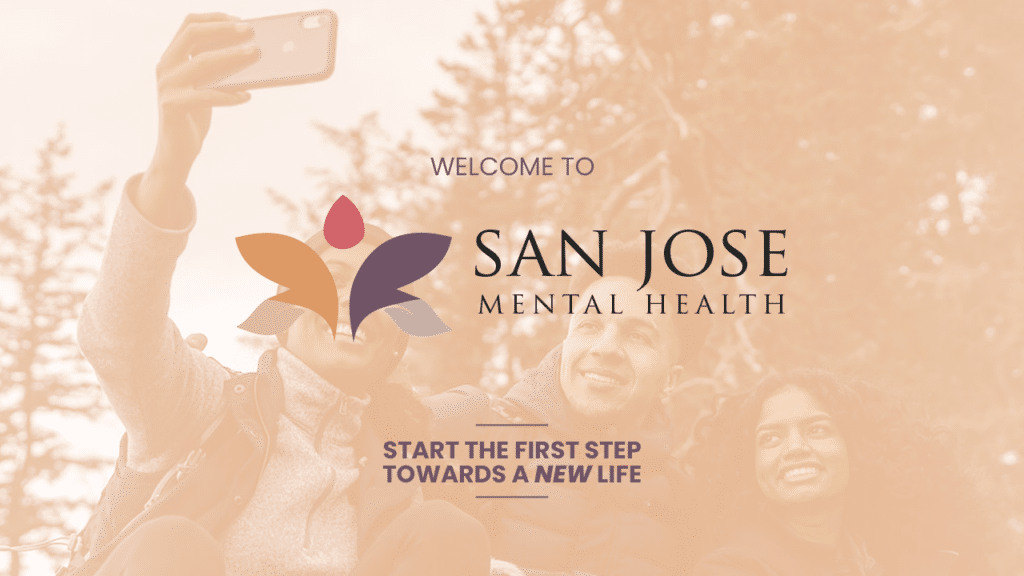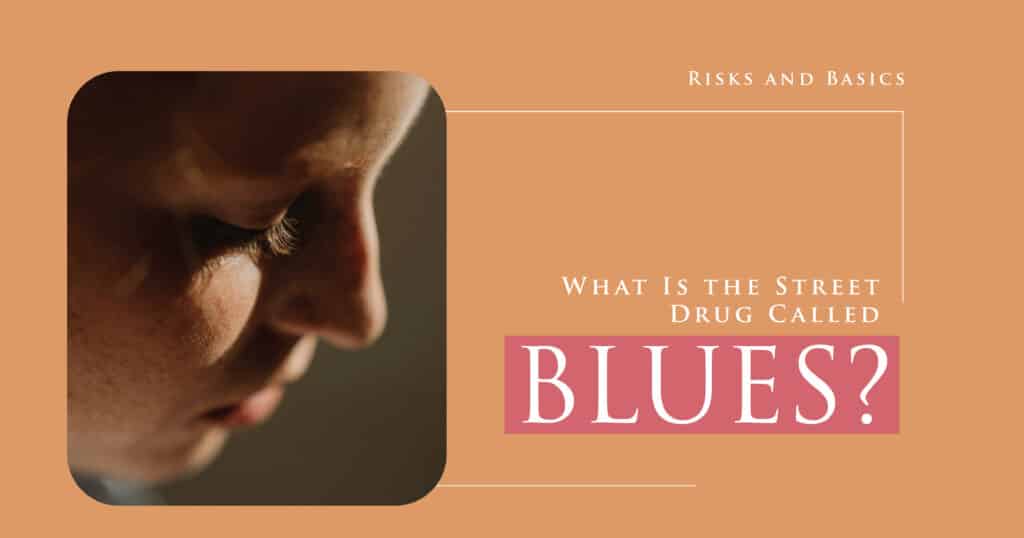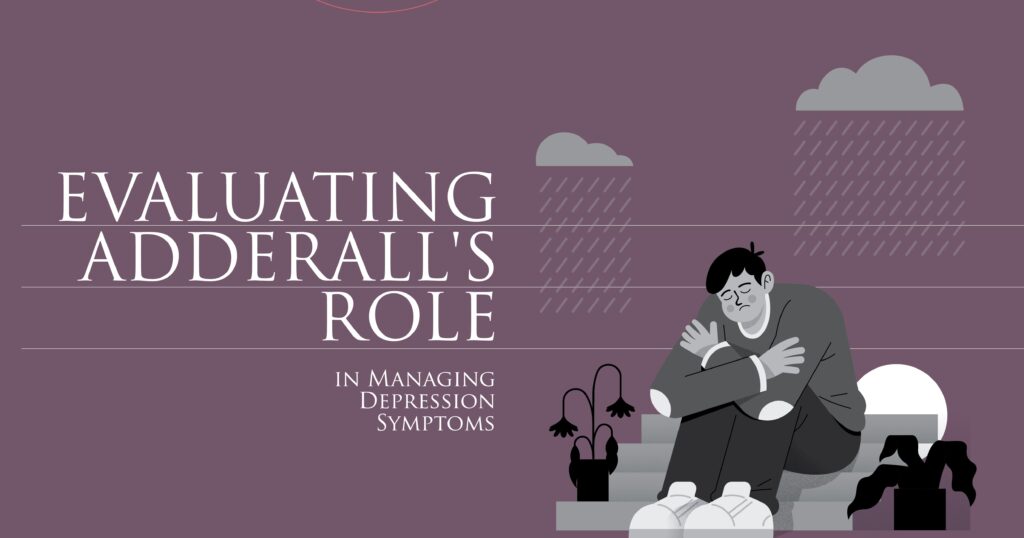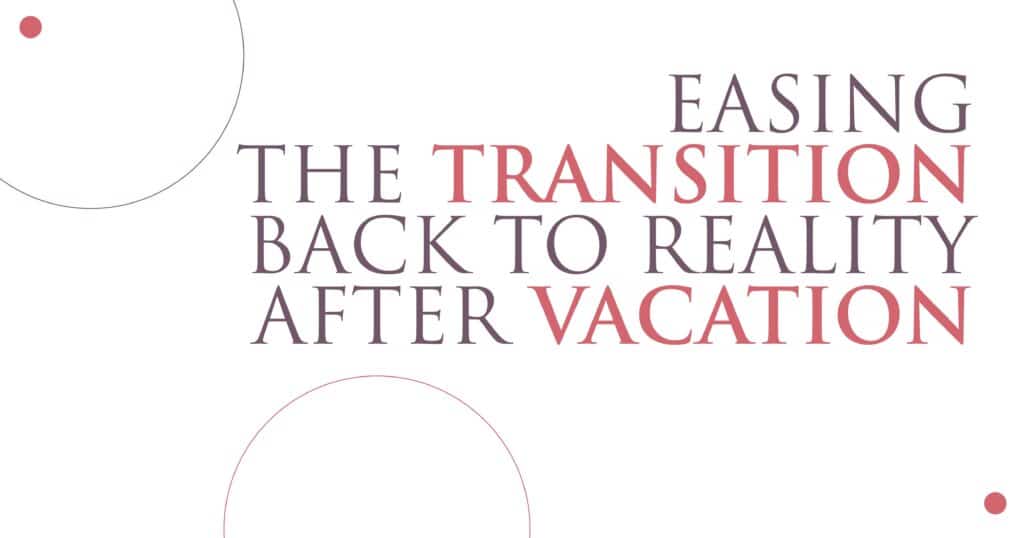As the popularity of the street drug referred to as “Blues” skyrockets, you might be asking yourself, what is this so-called blue drug? The following blog provides an insight into the Blues drug, its impact, danger, and consequences on an individual, both physically and mentally.
Further, we will discuss addiction, how it can be misused, and probable pathways to recovery. Let’s break down everything about the drug Blues and how it destroys lives.
What Is the Drug “Blues”?
When asked, “What are the Blues?” Many people are describing a class of prescription drugs that has hit the streets. The drug Blues is usually counterfeit pills containing a potent opioid called oxycodone that is highly addictive. These pills are sold illegally, putting communities at risk due to the dangers associated with overdose and addiction.
Why Is It Called the “Blues” Drug?
The name “Blues drug” is derived from the blue coloring of these pills. These counterfeit pills are frequently modeled after oxycodone tablets, which are prescribed for pain management.
Blue pills often bear prescription markings, but most are not genuine. These are wanted to deceive individuals into thinking that they are consuming a drug that is legitimate, formulation-wise, while they may be dangerous.
Common Street Names and Identifiers for Blues
While inquiring about the drug Blues, consider other street drug names that refer to this drug. Their street names can include “oxy,” “blue pills,” and “blue rocks.” These are terms used by individuals seeking to sell or buy the drug on the street. To identify the drug, blues are typically round blue tablets with an imprint of a “30” on one side, closely resembling the appearance of oxycodone tablets.
San Jose Mental Health
The History of the Blues Drug and Its Rise in Popularity
The Blues drug began surfacing more during the opioid crisis. Prescribing oxycodone and other opioids has been part of clinical practice for chronic pain for at least three decades.
However, as prescription drug misuse gained ground, it created a culture of cheaper and illicit options for these drugs. Counterfeit drugs made their way onto the market, labeled as oxycodone but operating as Blues. Popularity among such medications is because they imitate the effects of prescription oxycodone but cost much less.
Unfortunately, these particular pills are mixed with other substances that could be harmful and even deadly. But, with the rise of Blues came also rising demand for cheap opioids, which raised concerns against the fight of the opioid epidemic.
The Dangers of the Blues Drug on the Streets
The risks of ingesting “Blues” are multifaceted and may escalate to unimaginable limits. Taking the pill comes with severe health complications, which may lead to death from overdose, addiction, or even suicide. Without law, there’s no absolute way to tell what you consume. Some pills may have doses of opioids or other harmful substances that are guaranteed to increase the chances of disastrous results.
The Rise of Counterfeit Pills: What to Look Out For?
Counterfeit pills and their widespread use are of significant concern in the Blues drug arena. These pills imitate prescription medications such as oxycodone but might have toxic ingredients.
The outcomes from using these pharmaceuticals can be erratic, and a lot of users do not recognize that they are taking something dangerous until the damage is done. If you find counterfeit pills or blues, the best and most prudent action is to ignore them.
Overdose Risks Associated With Blues Drugs
Blues may induce an overdose, which leads to hypoventilation. Hypoventilation is one of the most critical risks one can face since it lowers the rate of breathing so much that it is dangerous. Blues, Opioids, or non-invasive Blues related overdoses primarily cause this.
Combining Blues Drugs With Other Substances: A Deadly Mix
The combination of blue drugs with other substances is life-threatening. Mixing Blues drugs with alcohol, benzodiazepines, or other opioids leads to excessive central nervous system depression, resulting in overdose and death. The additional substances can increase the Blues drug side effects and create added dangers.
Harm Reduction Strategies to Stay Safe
Harm-reduction strategies are for individuals at risk for the Blues drugs.
- First, an individual should not take any pills that are not guaranteed to be genuine.
- Second, they should carry and be trained in the use of naloxone (Narcan) for reversing opioid overdoses.
- The final consideration to discuss is that any individual with a personal difficulty regarding substance misuse or who knows someone with a substance misuse problem must get treatment from a professional.
San Jose Mental Health
Understanding Blues Drug Addiction
The question of the Blues drug addiction is a critical one. Like other opioids, the Blues drugs can cause addiction. Prolonged use of Blues drugs can lead to both physical and psychological dependence, making it difficult to stop using the drug.
Is the Blues Drug Addictive? Signs and Symptoms of Dependency
Blues drugs are very addictive. Over time, as the user increasingly depends on the drug to feel good or escape pain, tolerance builds up so that the user has to take higher and higher doses to get the same effect.
Some signs of Blues drug use are a regular increase in use, neglecting responsibilities, and engaging in risky behavior to acquire drugs.
Physical and Psychological Dependence Explained
Blues drug dependence results from the adaptation of the body and brain to the drug. The gradual physical dependence on the drug then causes the body to develop withdrawal symptoms upon sudden cessation of taking the drug.
These withdrawal symptoms can include anxiety, nausea, muscle pain, and cravings. On the other hand, psychological dependence describes the emotional need to use the drug despite adverse consequences.
Common Withdrawal Symptoms and the Detox Process
Detoxification from Blues drugs can be painful and complicated. To speak of the withdrawal symptoms, one will commonly experience sweating, shaking, irritability, or cravings.
Such a detox process would require medical supervision for the safety of the person and to reduce withdrawal symptoms. Professional help should be sought in any attempt to quit blues drugs.
Treatment Options for Blues Drug Addiction
Addiction to Blues drugs can be treated, and the patients can recover. Some excellent treatment options are available, and the sooner a person seeks treatment, the stronger their chances of recovering.
The Role of Medication-Assisted Treatment (MAT)
For treating opioid addiction, Medication-Assisted Treatment (MAT) is used conventionally and effectively. In MAT, medications such as methadone or buprenorphine help alleviate withdrawal symptoms and cravings so that a person can remain sober and avoid the hazards of illicit drug use such as blue drugs.
Behavioral Therapies for Oxycodone Addiction
Behavioral interventions alongside MAT are a linchpin of opioid addiction therapy. CBT aids in helping patients become aware of the negative, addiction-related thought patterns and behaviors while also teaching them healthy coping mechanisms and alternatives for sobriety.
Support Groups and Community Resources
Support groups such as Narcotics Anonymous (NA) facilitate creating a sense of community and accountability with recovering addicts. For many, support groups may be a significant event in their recovery process, helping the person remain focused on the journey to sobriety.
Finding Reputable Addiction Treatment Centers
If you or someone you know suffers from a Blues drug addiction, a good addiction treatment center must be found. Such centers should offer full-spectrum care, from medical detox treatment to therapy and aftercare services. Well-respected centers employ licensed professionals and proven techniques to help patients become free from addiction.
San Jose Mental Health
FAQs
What is the street drug called blues?
The blues drug is a street name for counterfeit prescription pills, often containing oxycodone. These pills are sold illegally and can be highly addictive.
Why is it called the blues drug?
It is called the blue’s drug because the pills are typically blue. The term comes from the appearance of the pills, which resemble oxycodone tablets.
What are the side effects of blues drugs?
The effects of the blues drug can include dizziness, nausea, respiratory depression, and confusion. Prolonged use can also lead to dependence and overdose.
Is the blues drug addictive?
Yes, the blues drug is highly addictive. Both physical and psychological dependence can develop, making it difficult to quit without professional help.
How can I identify blues drugs?
Blues drugs are often blue, round pills imprinted with “30” on one side. They are often sold as counterfeit oxycodone pills, but may contain dangerous substances.








